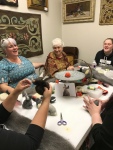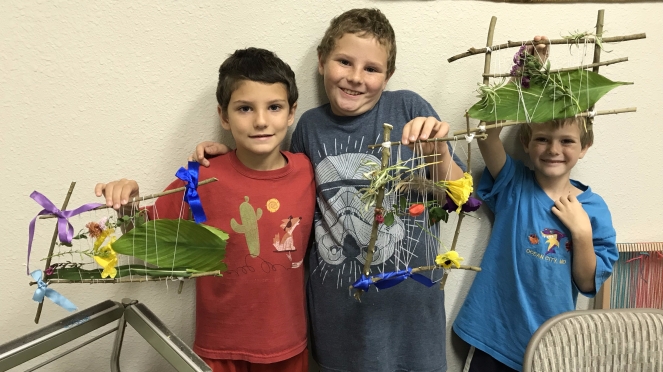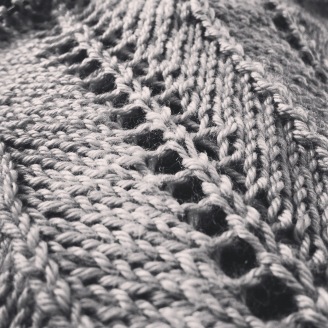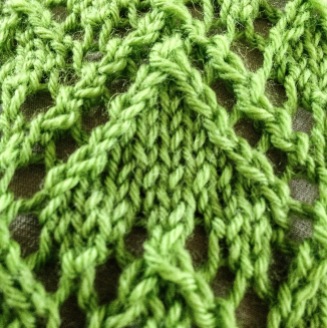Knitting = Life Long Skills
Lately I have been hearing grumblings about group classes being too expensive and never at the right time. As a teacher I cringe when I hear this type of talk. Most would agree that if you value your skills and want them to improve, then you practice. This is true whether learning piano or knitting! It is even true if you are learning to crochet, weave, spin, rug hook…I think you get the idea!
So, why should we not be willing to pay Fiber Arts teachers to help us improve our skills? These instructors take time out of their busy lives to share a gift with you. A gift that usually has a ripple effect, because let’s face it, there is a point when there are too many scarves and mittens per person in a household, and some need to be created as gifts. Many teachers bring a wealth of information to the table and share their successes and failures so that you can learn. And let’s agree, this is not the type of career where one normally quits their day job.
I know the economy is not great but, I also know that if you value something then you will find the time and money. Usually this means rearranging a budget. Many fiber arts teachers start by just trying to support their yarny habits and in turn extend their learning. Learning which they bring back to you via the Local Yarn Store!
Let’s not forget the Local Yarn Store – they have operating costs just like any other business. Each time you use the lights, make a credit card payment, or even use the powder room the LYS are having to pay for electricity, water, and fees, etc. Just for the convenience of the beloved fiber artist who wants to make a baby blanket or prayer shawl.
So, next time you are on the fence about taking a class please take the plunge!






















